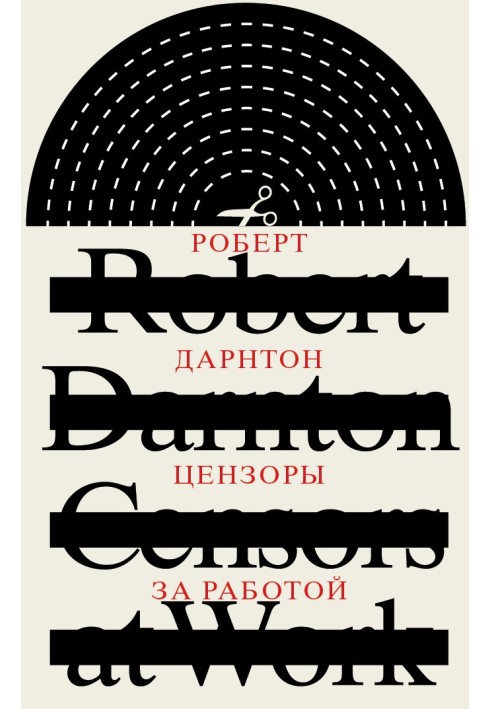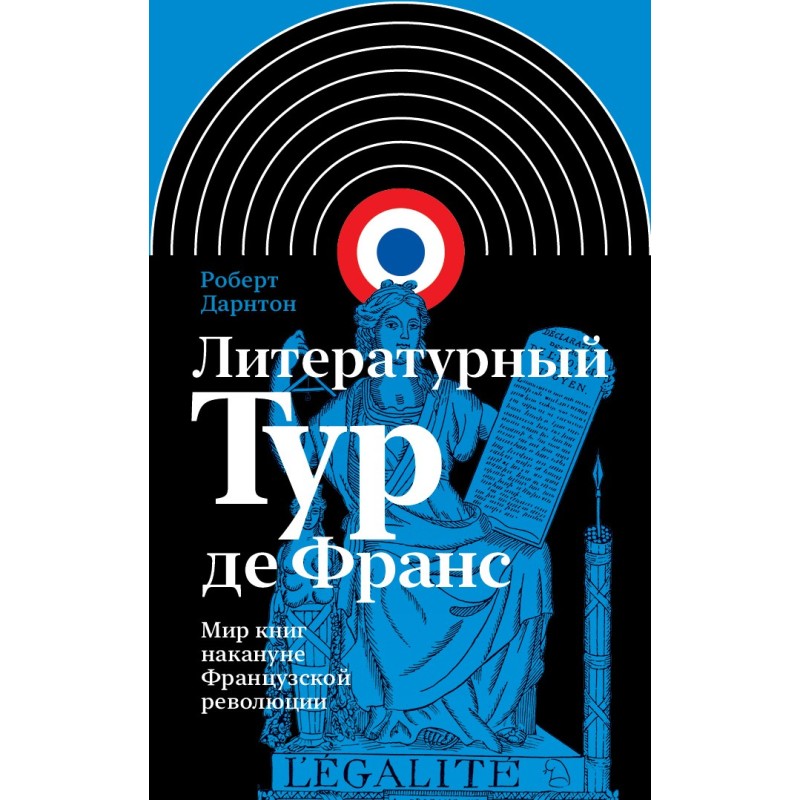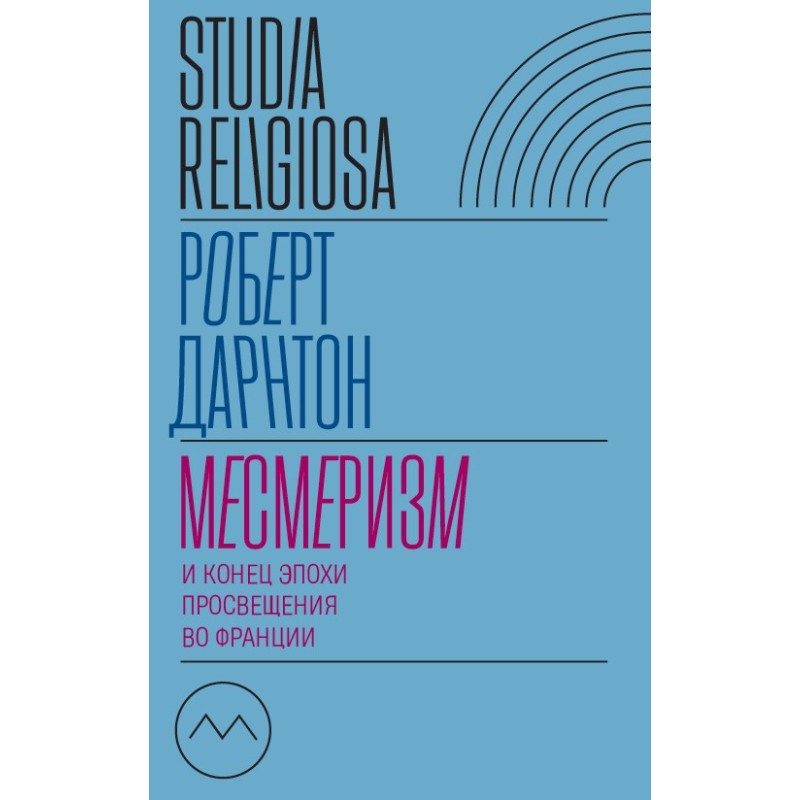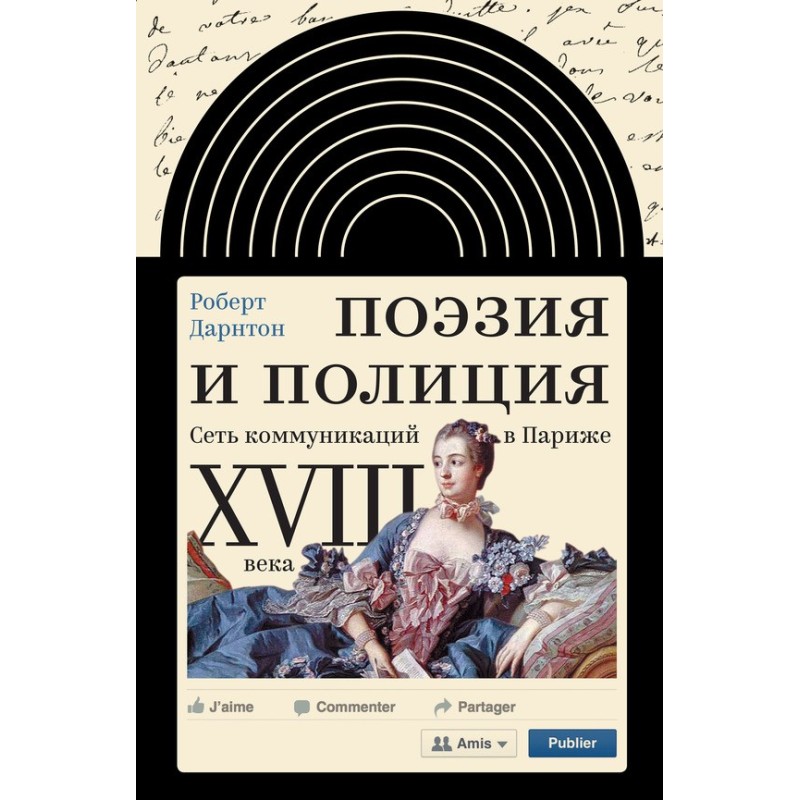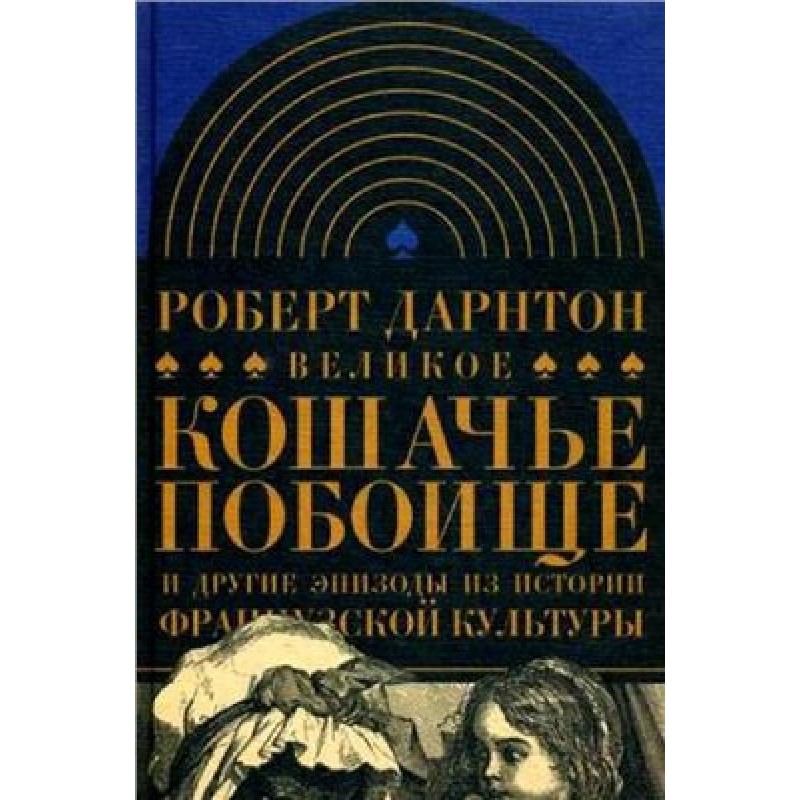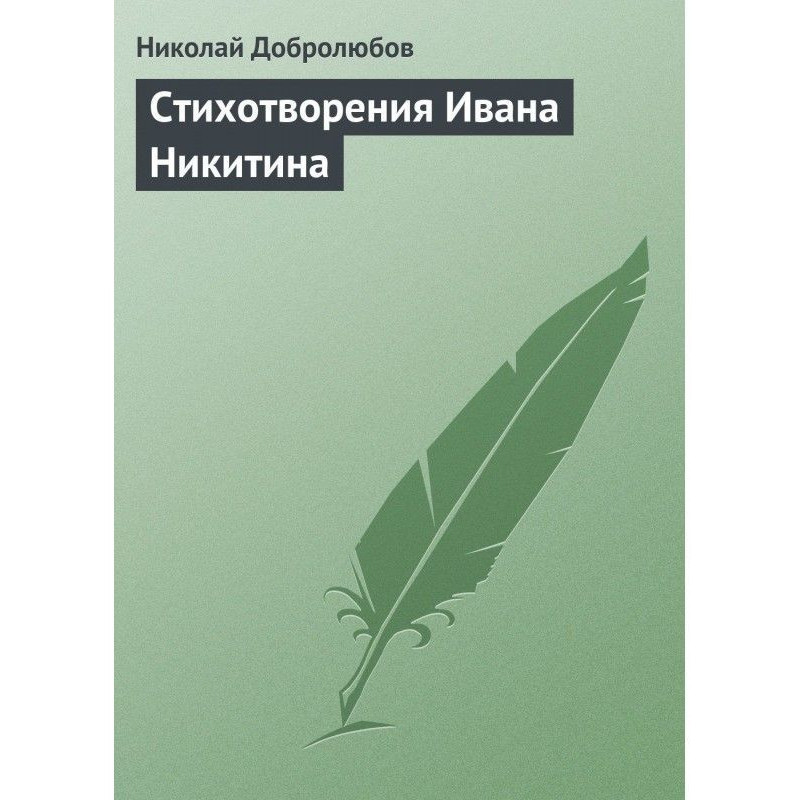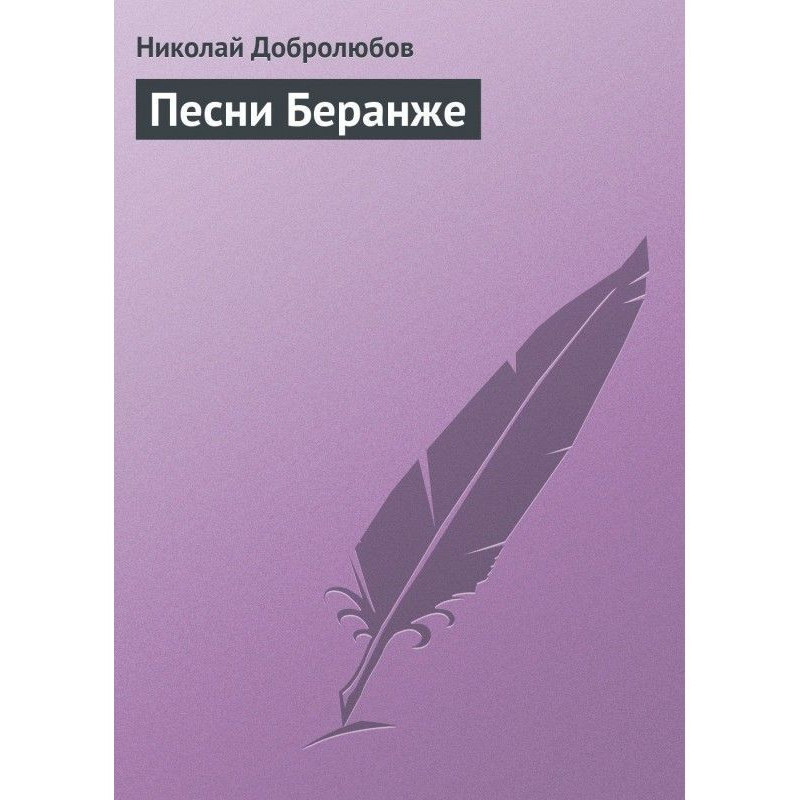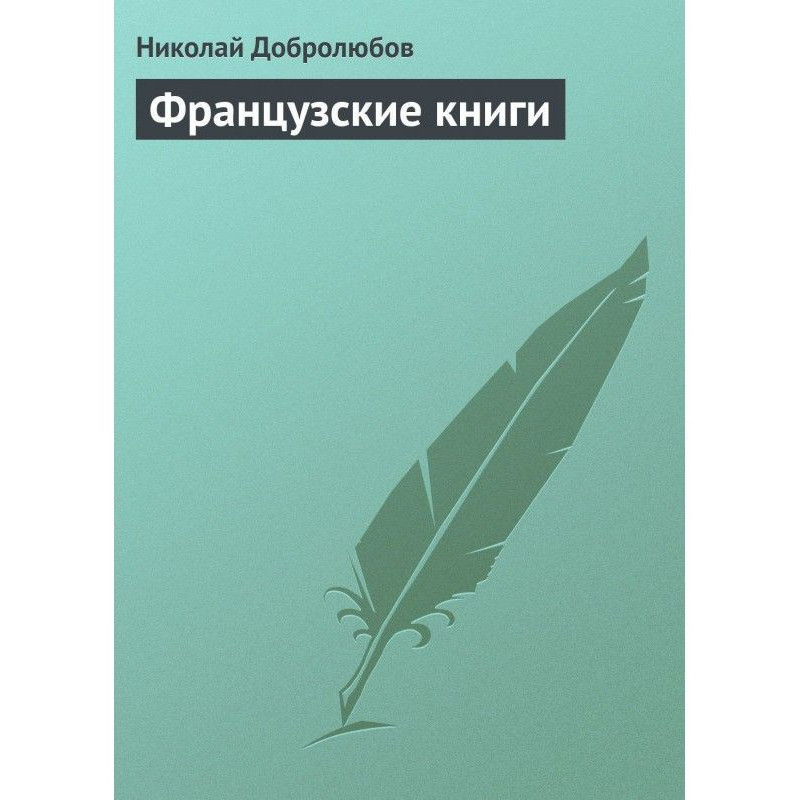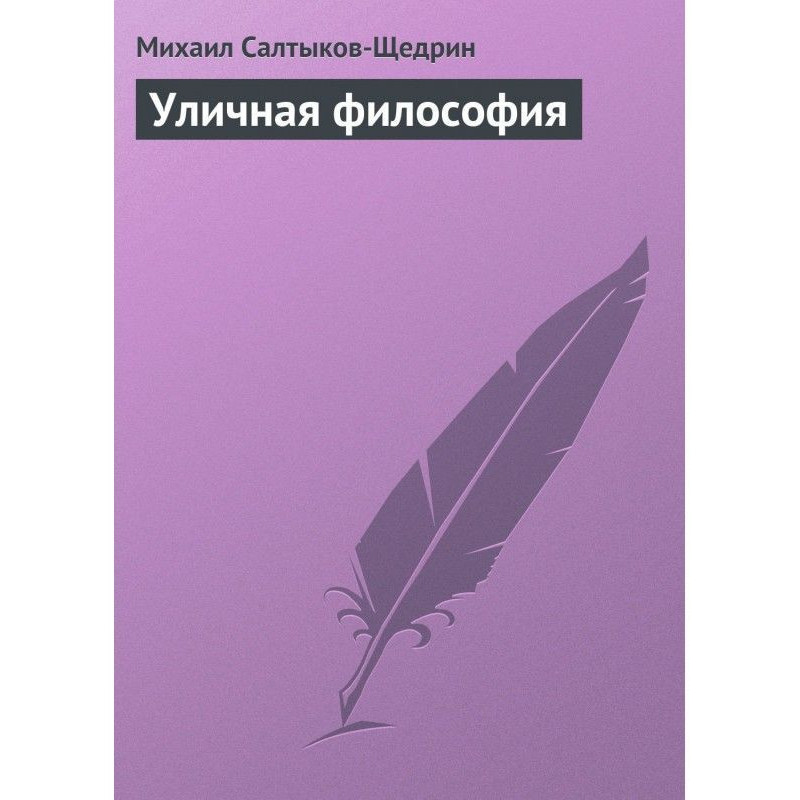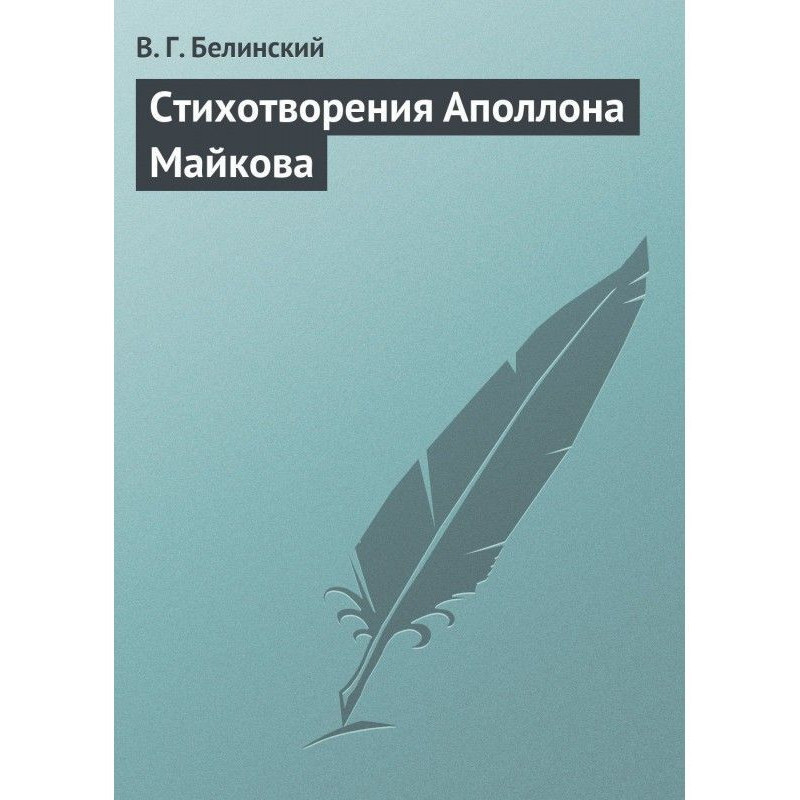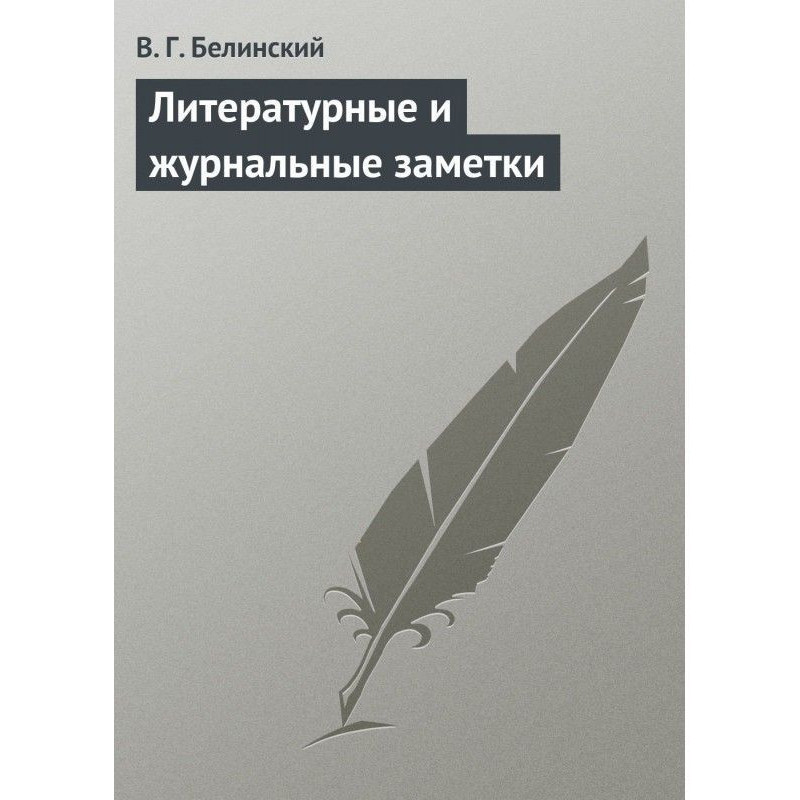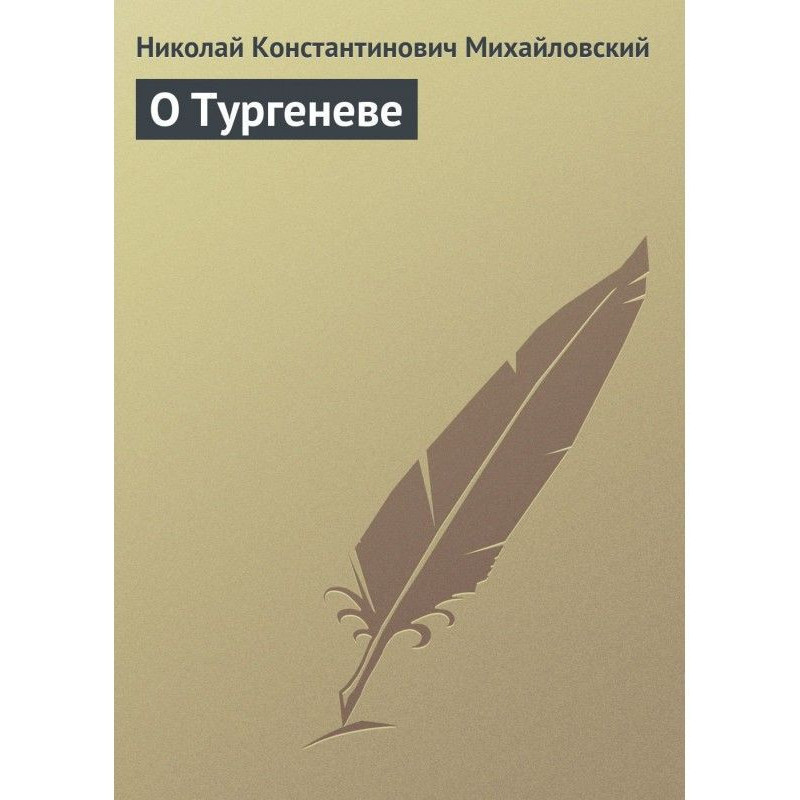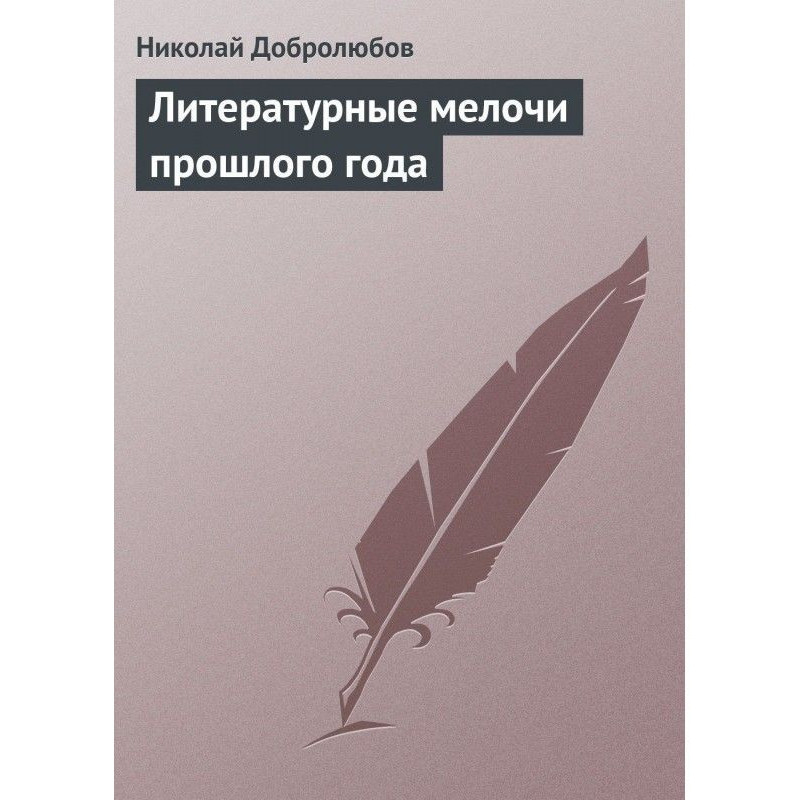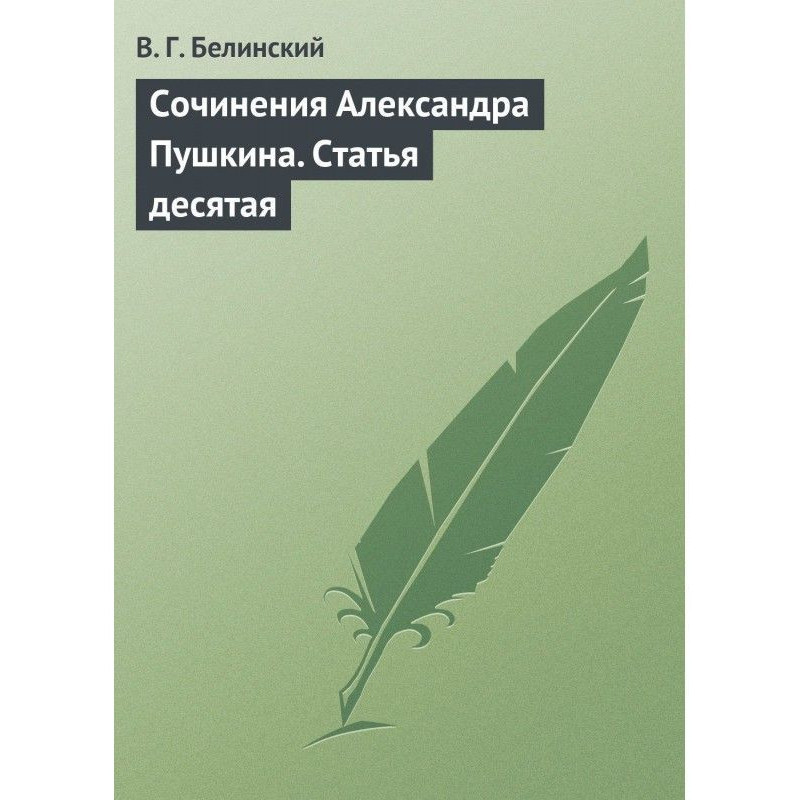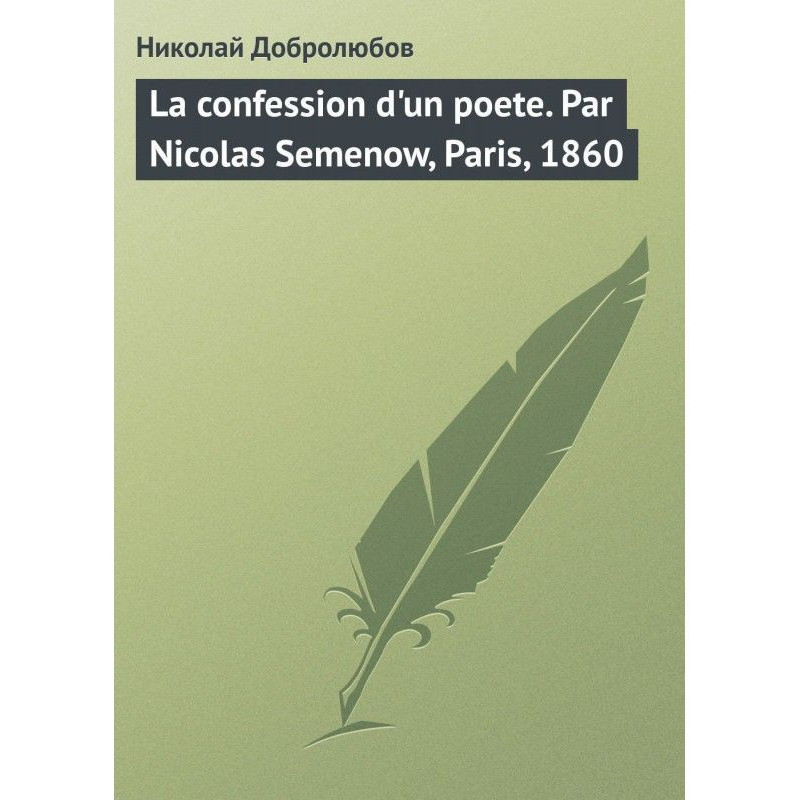Censors at work. How the state shapes literature
 Instant download
Instant download
after payment (24/7)
 Wide range of formats
Wide range of formats
(for all gadgets)
 Full book
Full book
(including for Apple and Android)
Harvard University professor Robert Darnton's book Censors at Work is a fascinating exploration of how censorship works in different contexts and times. The author focuses on three subjects that are far from each other: royalist France in the 18th century, colonial India in the 19th century, and East Germany at the turn of the 1980s–1990s. The author uses numerous examples to trace exactly how censorship worked, what the censors themselves thought about their work, and how they interacted with the book market, including the “black” one. In the book you can find colorful portraits of many representatives of the “shadow” book world - from semi-literate regulars of Parisian book markets to Bengali librarians who speak dozens of languages. Robert Darnton shows how censorship contributed not only to the cultural, but also to the economic and political life of society. Censorship required the coordinated work of many people, the interweaving of destinies and interests of which could resemble a fascinating detective novel.
Data sheet
- Name of the Author
- Роберт Дарнтон
- Language
- Ukrainian
- Release date
- 2022
- Translator
- Мария Солнцева
Reviews
Вражаюче дослідження, яке змушує задуматися про цінність свободи слова!
Книга Роберта Дарнтона «Цензори за роботою» є надзвичайно важливим внеском у розуміння того, як цензура впливає на літературу та суспільство в цілому. Автор майстерно поєднує історичні факти з аналітичним підходом, що дозволяє читачеві глибше зрозуміти механізми, які стоять за контролем інформації. Особливо вражають портрети цензорів, які, незважаючи на свою роль, виявляються складними особистостями з власними думками та переживаннями. Книга охоплює різні епохи та географічні регіони, що робить її ще більш цінною для тих, хто цікавиться історією та культурою. Хоча переклад тексту місцями може бути не ідеальним, це не заважає насолоджуватися глибоким змістом і важливими уроками, які Дарнтон передає. Рекомендую цю книгу всім, хто прагне зрозуміти, як література та цензура взаємодіють у різних контекстах, і чому це питання залишається актуальним і сьогодні!

